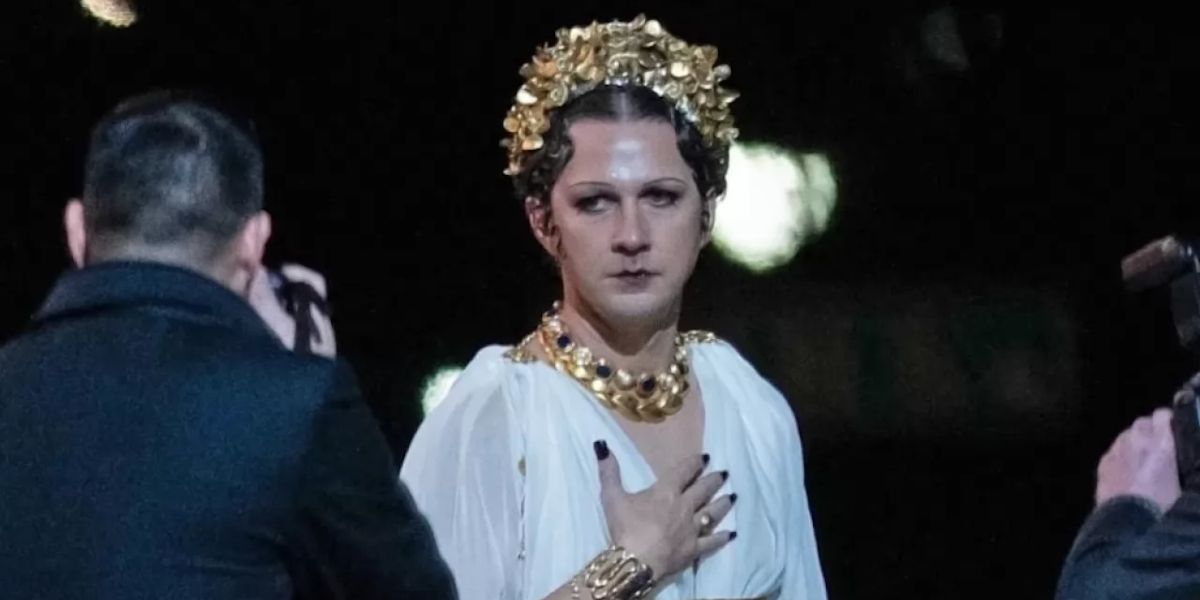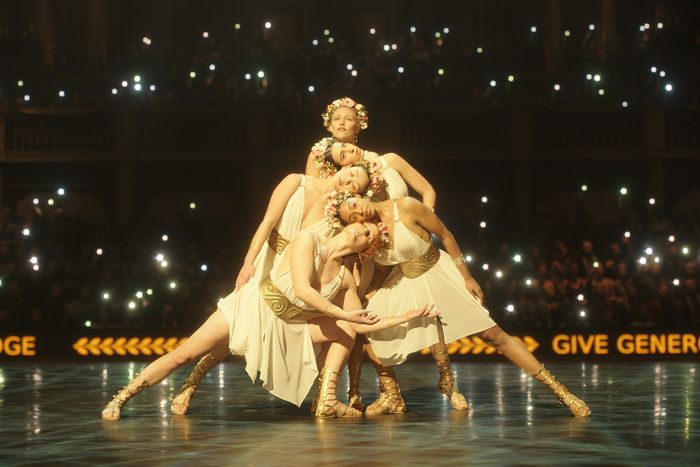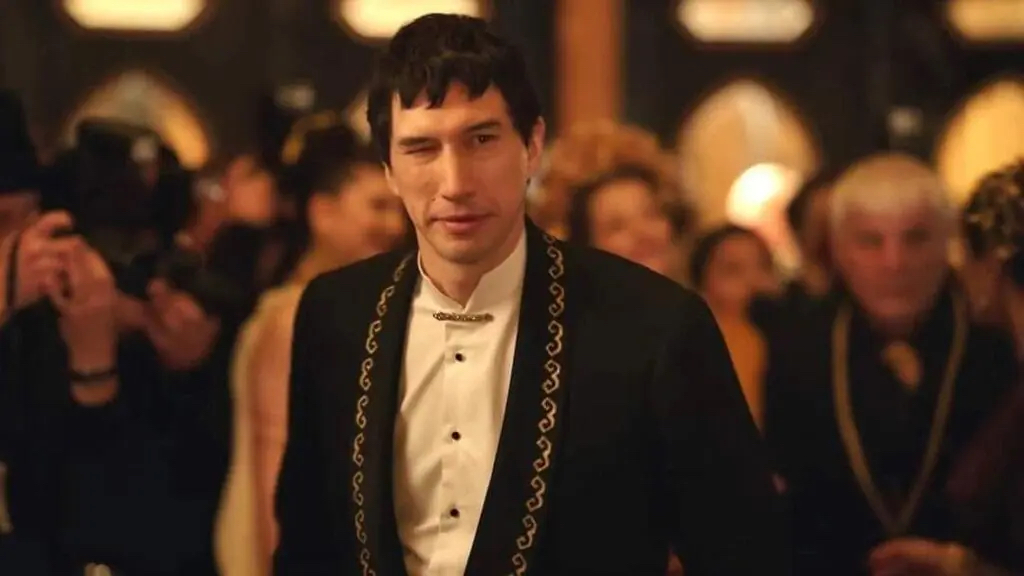It is beyond dispute that Francis Ford Coppola is one of the greatest filmmakers of all time. That would still be true if he had retired in 1972 after The Godfather won Best Picture. By the time Marlon Brando was sending a Native American rights activist to accept his Best Actor Oscar, Coppola was already making The Conversation, a film about what surveillance does to individuals and society so far ahead of its time that we’re just now catching up to it. Then there was The Godfather Part II, which for my money is actually better than the original. With Apocalypse Now, he tackled Joseph Conrad’s Heart of Darkness, a book which none other than Orson Welles had tried and failed to adapt. It remains the definitive screen treatment of the Vietnam War. And there are so many more: Bram Stoker’s Dracula; The Rainmaker, which was filmed in Memphis; the list goes on.

Coppola semi-retired from filmmaking in the twenty-first century to concentrate on his other love, winemaking. The one that got away, the idea that he was never able to convince any studio to finance, was Megalopolis. A few years ago, Coppola sold some of his Sonoma County winery land for $500 million. The filmmaker, now 85 years old, put $120 million of his own money on the line to make his dream project real.
There’s an internet meme that men are always thinking about the Roman Empire. Coppola certainly has spent a lot of time thinking about Ancient Rome, specifically the era from 70-27 AD when the 480-year-old Republic decayed into the Roman Empire. It’s no coincidence that this period was also an obsession of the Founding Fathers. When Benjamin Franklin was walking out of the Constitutional Convention, a person on the street asked what kind of government they had come up with. Franklin replied, “A republic, if you can keep it.”
Megalopolis opens with a shot of the Chrysler Building bathed in golden light. But in this near-future world, it’s not in New York City, but in New Rome. Cesar Catalina (Adam Driver) steps out onto the roof, and for a moment it looks like he’s going to jump. As he steps over the ledge, he says, “Time, stop!” — and it does! The artist, Laurence Fishburne’s voiceover tells us, has the power to control time.
Catalina has a Nobel Prize for inventing Megalon, a miracle material with near-miraculous properties. He wants to use it to transform New Rome into a utopia, a “school city” which will create happiness and prosperity for all. His rival is New Rome’s popular mayor, Franklyn Cicero (Giancarlo Esposito), who thinks Catalina is a “reckless dreamer who will destroy this world before we can build a better one.” Catalina’s mistress is a TV presenter named Wow Platinum (Aubrey Plaza), and the only thing bigger than her love for him is her ambition. When he refuses to marry her, she takes up with his uncle Crassus (Jon Voight), an elderly banker who has backed his nephew’s work but doesn’t approve of his hedonistic lifestyle.

But it’s New Rome, so hedonism is the order of the day. Sex and drugs are everywhere. There are chariot races and gladiatorial games in Madison Square Garden. The mayor’s daughter Julia (Nathalie Emmanuel) seems to be a creature of decadence until she meets Catalina. At first she’s attracted to Catalina just to piss off her father, but then she discovers the depth of his imaginings and makes it her mission to unite the two warring houses. Meanwhile, Crassus’ son Claudio (Shia LaBeouf) is scheming to overthrow both of them and take power for himself at the head of a fascist movement he recruited out of the disaffected people left behind by Catalina’s utopian gentrification.
Coppola wrote, produced, and directed Megalopolis. The direction is near flawless. The old master can still toss off stunning visual riffs at will, and since he doesn’t have to answer to frightened studio execs, Coppola has created a visual feast of a film that is completely unlike anything else coming out of Hollywood this century. The closest thing to it is probably Federico Fellini’s Satyricon, but really, there’s no comparison with anything.

Coppola’s problem is the writing. This is an art film, not a plot-heavy blockbuster, but a little more coherence would have gone a long way. Coppola wrote Megalopolis in fits and spurts over 40 years, and it shows — you can even tell how far along he was in the script when 9/11 happened. And yet, the language is frequently poetic and beautiful in its own right.
Most of the cast is clearly so happy to be working with a legend like Coppola that they’re game for anything. Only the strongest survive this chaotic swirl of images with their dignity intact. Adam Driver flawlessly delivers the entire “To be or not to be” speech from Hamlet while walking on an unstable catwalk above a model of his utopian vision. Aubrey Plaza’s seduction of Shia LaBeouf will be the stuff of legend. Giancarlo Esposito switches freely between Latin and English without breaking a sweat. The less confident are set adrift, like the hapless Nathalie Emmanuel.

Megalopolis is not for everyone. Actually, it’s not for anyone except Coppola. He no longer cares what you think. He’s strolling through a century of cinematic history, contemplating the possibilities destroyed by the pursuit of profit and personal power. It’s up to you to get on his level, and that may be a daunting task. This is not cinematic prose, but poetry, with all the obscurity and difficulty that implies. It’s a meditation on the role of the art in the world, made by a genuine artist who is deeply ambivalent. It’s self-indulgent semi-autobiography. It’s a political manifesto against fascism delivered at this critical juncture in the American experiment. You can’t say they don’t make ’em like Megalopolis anymore, because they never did.

